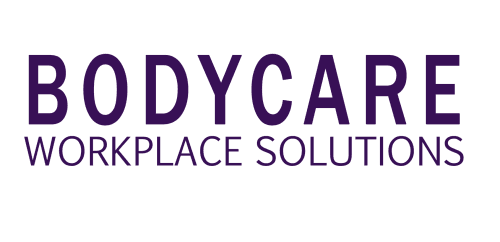Our Top Tips for Safe Manual Handling

While many employers only think of manual handling as being limited to only a few areas within a worksite, in reality, nearly all jobs require some form of manual handling. For instance, tasks such as stacking stationery onto shelves in a supply room or dressing mannequins in a shop front – while many don’t realise – do require manual handling which, if performed incorrectly, can lead to injury.
Any kind of lifting, putting down, carrying, pushing, pulling or leaning involved in transporting or supporting a load is classified as a manual handling task. Even tasks bearing little to no weight can trigger stress or strain in vulnerable parts of the musculoskeletal system if not performed properly. The likelihood of this increases further when manual handling tasks involve:
- Repetitive forces or movement
- Awkward or sustained postures and movement
- High or sudden force
- Exposure to sustained vibration
- Unstable, unbalanced or uneven loads
- Untidy worksite areas
- Reduced individual capacity or personal impairment
It’s clear that there are many factors working against employers in their efforts to achieve fail-safe manual handling practices, but a combination of education, support and the proper tools can ensure manual handling risks are kept to a minimum. A good place to start is our top tips and techniques for safe manual handling:
Begin by identifying hazards
Making manual handling safer begins with identifying hazards and any potential for risk reduction in your workplace. Your workers can help identify these hazards in their own work and assist with making a risk assessment. This allows an opportunity to ask whether there is a better way a task can be performed, and improve the work design so that manual handling risks can be controlled or eliminated.
Communicate correct lifting and handling methods
Ensuring your team is trained in how to safely lift and carry heavy loads is an important foundation for developing understanding of correct manual handling technique. For example, heavy loads should be kept close to the body and lifted using power from the legs as opposed to the back. It is also useful to communicate the lifting process to your workers as a series of careful steps to be considered, including:
- Identifying the object and planning ahead for its transportation
- Holding the object (and the best way to do this)
- Maintaining good posture throughout the body
- Completing the lifting action
- Walking with the load
- Unloading upon reaching the destination
Encourage educated choices when it comes manual handling
It’s not worth being a hero if something is too heavy, so your employees should know not to attempt lifting or carrying loads that may compromise their physical health. In these scenarios, tools such as pallet trolleys, forklifts, wheelbarrows, plasterboard trolleys and lifting slings can be used instead. There can be mechanical advantage gained from using these kinds of assistive products, provided the operator is also trained in the safe handling associated with the tools themselves.
Remind workers that pushing is generally less stressful
Pushing motions generally place less strain on the body than pulling a load. This is important to remember when it is not possible to engineer a hazard out of a task or improve its design. If there is no different approach or way to move something, the worker should opt for the least stressful technique.
Consider how many people are required for the job
It is helpful to take note of markings on supplies, boxes and equipment so that items marked as ‘heavy’ or which require more than one person to lift can be handled appropriately. Workers should be encouraged to seek assistance if they require help from a colleague to shift a heavy item, or perform any other manual handling task that could be completely more safely and effectively with multiple hands.
Enforce compliance with workplace guidelines
As an employer, it is your responsibility to provide access to workplace guidelines and statutory codes of practice (Safe Work Australia) with instruction for workers on how to safely manage manual handling tasks. These guidelines should be reviewed on a regular basis in order to maintain compliance and to encourage thinking about how ways of working can be ameliorated. This may involve re-shaping or moving the work area around, having supplies bundled in smaller, more manageable quantities, or improving systems so that machines and tools can lessen the physical load on your people.
As always, support and proactive guidance from management is key to ensuring your employees engage in safer manual handling practices. Bodycare can help by tailoring a Manual Handling Training program to suit the requirements of your organisation, giving you and your employees the tools to identify and mitigate manual handling risks in your workplace. Get in touch today.


